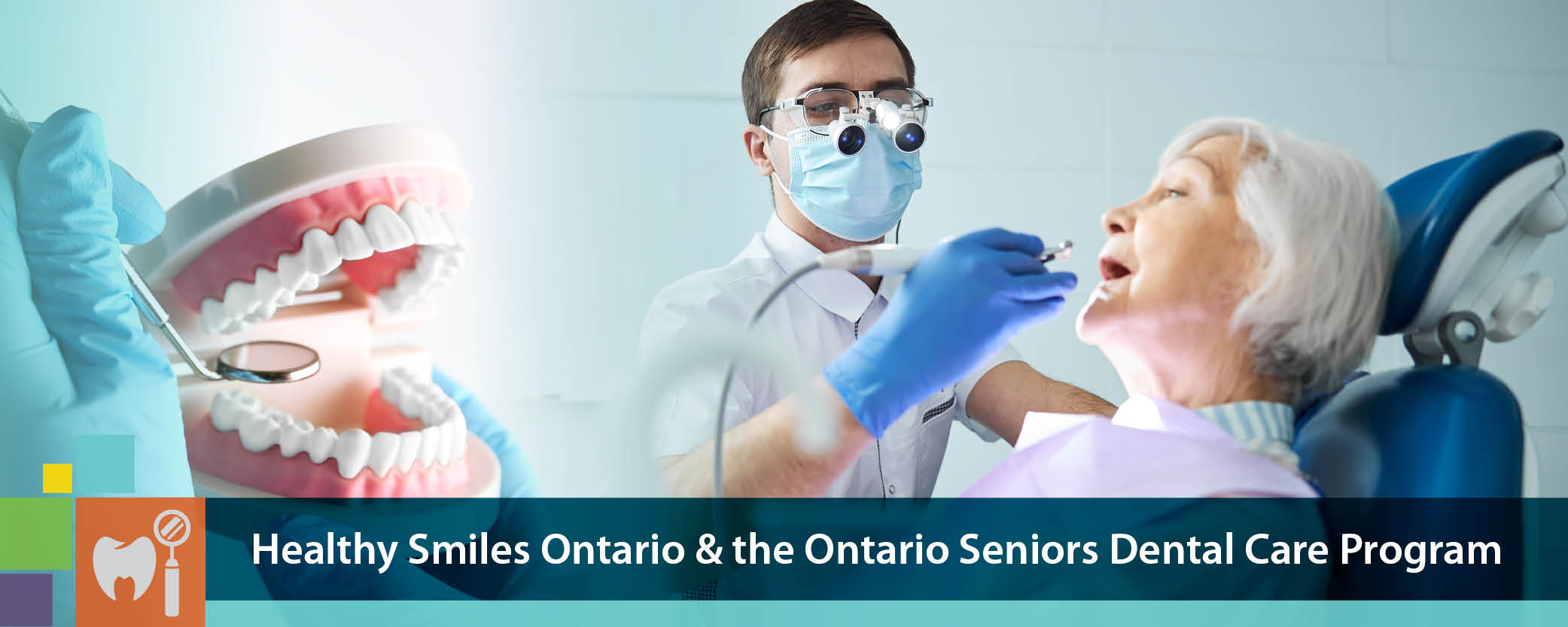
The Oral Health Department supports dental needs of the community through clinical services, community outreach, and health promotion activities. A review of the programs supported by the department and outputs for 2022 are as follows:
Healthy Smiles Ontario (HSO)
Children and youth (17 and under) with an emergency or those eligible for preventative care receive treatment free of cost in either of the WECHU’s Windsor or Leamington based dental clinics. In 2022, the Oral Health Department had 2,554 clinic visits under the HSO program, including 1,232 children that received preventative screening onsite at one of the WECHU’s two dental clinics. Building on this successful program, the WECHU Oral Health department also provides free oral health support to parents of children 0 to 4 years through the Baby Oral Health Program (BOHP) which includes an oral health screening by a dental hygienist and education for children and caregivers on oral hygiene habits.
Ontario Seniors Dental Care Program (OSDCP)
The provincially funded OSDCP allows for free dental treatment for qualifying older adults (65 years and older). Through the WECHU’s internal clinics and partnerships with community dentists, the WECHU’s Oral Health department supported 3,851 clinic visits for clients enrolled in the OSDCP. This includes 242 emergency exams and 283 new patient exams, for an average of 1.1 new patients added every working day. New dentures were also provided to 162 clients at the WECHU over the course of 2022.
School Dental Screening, Assessment, and Surveillance
In 2022, the WECHU dental teams returned to schools to provide oral health screenings for the first time since 2019. Due to these disruptions, it was decided that additional grades would be screened in the 2022/2023 school year to ensure that all children in high-risk schools had access to this service. From April to December, 10,654 students from 69 schools through-out Windsor-Essex County were screened. Within this group, 1,818 (17%) had an urgent dental need identified and were referred for treatment. Additionally, 4,810 children were referred for non-urgent and preventative treatment.

